Don't wanna be here? Send us removal request.
Text
What Makes Personalized Advertising So Effective in the Modern Digital Age?
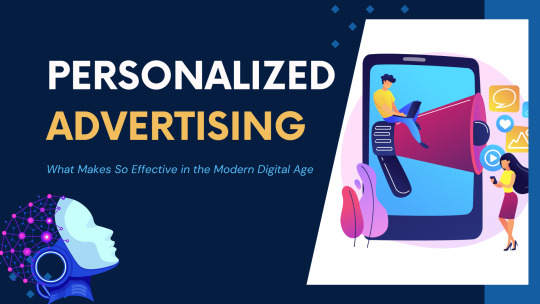
In today's hyperconnected world, where every swipe and click leaves a digital footprint, brands can no longer rely on one-size-fits-all marketing. This shift in consumer behavior has led to the rise of personalized advertising, a strategy that tailors content to individual preferences, behaviors, and needs. By leveraging data and cutting-edge technologies, marketers can deliver messages that resonate deeply with specific audiences, enhancing both engagement and conversion rates.
One of the most groundbreaking developments fueling this evolution is the integration of AI in Advertising. Artificial intelligence has redefined how brands collect insights, interpret behavior, and deliver tailored messaging at scale. Unlike traditional advertising, which relies heavily on assumptions and generalizations, AI enables marketers to create campaigns that speak directly to individuals.
The Role of AI in Hyper-Targeted Campaigns
Tools powered by AI content creation not only analyze massive datasets but also draw meaningful insights about consumer preferences, shopping patterns, and online behavior. These insights allow brands to segment audiences more precisely and predict what type of content will likely generate a response.
Let’s consider an example: two users visit the same e-commerce site. User A browses athletic gear while User B lingers on luxury watches. With AI-driven systems, these interactions are instantly captured and used to serve two entirely different ads - one featuring the latest running shoes and the other promoting premium timepieces. The results? Higher relevance, better engagement, and higher ROI.
AI Content Creation: Changing the Game
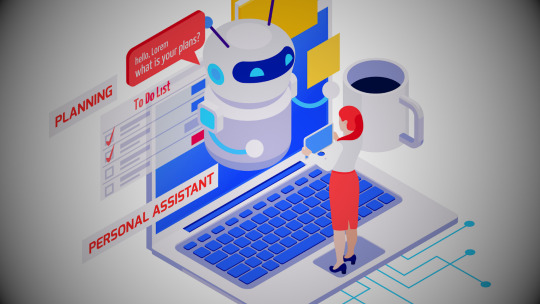
Gone are the days when ad creatives were limited by human bandwidth. Thanks to AI Content Creation, businesses can now generate high-quality, customized content from copy to visuals in a fraction of the time. Whether it’s dynamic headlines, personalized product recommendations, or even video ads, AI tools adapt content on the fly based on user data.
This dynamic content generation ensures that users are always presented with messaging that aligns with their current interests or needs. It’s just about showing the right ad at the right time in the right format.
Enhancing Customer Experience through AI Personalized Ad Strategies
Customer experience is the new battleground for brands, and AI personalized ad strategies are leading the charge. Unlike traditional campaigns, which often feel intrusive or irrelevant, AI powered ads are seen as helpful and intuitive. Why? Because they feel more like recommendations than sales pitches.
For instance, streaming services like Netflix or Spotify use AI to recommend shows and music tailored to user tastes. This same logic is being applied in advertising; if a user consistently interacts with travel-related content, they’re more likely to see ads for destinations, gear, or travel insurance. This gradually increases brand familiarity and trust.
Moreover, AI doesn't just personalize for individuals - it continually learns and evolves. Every interaction helps refine future recommendations, creating a feedback loop that continuously enhances campaign performance.
Challenges and Ethical Considerations
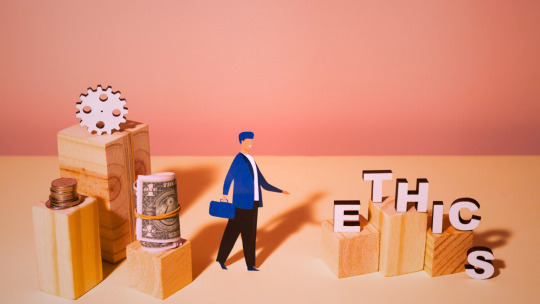
While the benefits are clear, AI personalized ads also come with challenges. Data privacy is a major concern, especially in light of regulations like GDPR and CCPA. Brands must balance personalization with transparency, ensuring users know how their data is used and that they have control over it.
Another challenge is avoiding over-personalization. When ads become too tailored, they can feel invasive or even creepy.
Also, watch this video - How To Create Health & Wellness Ads with AdsGPT?
youtube
Wrapping Up
In a landscape where relevance drives results, personalized advertising stands out as a powerful approach for building meaningful connections with consumers. By aligning messages with individual interests and behaviors, it transforms marketing from interruption into interaction. As audiences continue to expect more tailored experiences, this strategy is set to play an even greater role in shaping the future of digital engagement.
#Personalized Advertising#AI personalized ad#AI ad creation#AI Content Creation#AI in Advertising#Youtube
0 notes
Text
Empowering Your Marketing Strategy: The Transformative Role of a Facebook Ad Generator
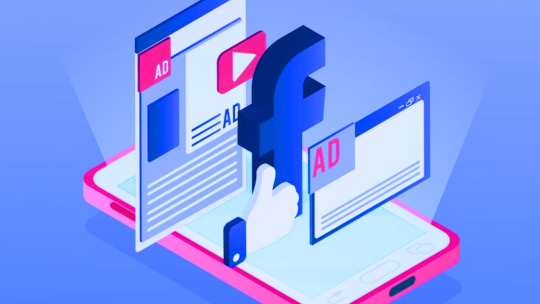
Introduction
Amidst the ever-shifting tides of digital innovation, modern businesses are relentlessly pursuing technologies that simplify, amplify, and revolutionize their marketing endeavors. One of the most remarkable additions to this arsenal is the Facebook ad generator, a tool that masterfully integrates automation, audience insights, and creative intelligence to enhance ad performance with unprecedented precision. Rather than relying on guesswork and traditional techniques, marketers now harness advanced algorithmic power to craft dynamic, data-backed advertisements that speak directly to audience needs — unlocking new realms of conversion potential.
Precision Meets Creativity: A New Age of Ad Development

The evolution from manual ad creation to intelligent automation signifies more than convenience; it heralds the fusion of creativity with logic. An ad generator removes the ambiguity from ad copywriting, seamlessly blending emotive language with SEO-friendly phrases and performance-optimized formats. Whether it's a carousel showcasing a product line or a short video ad telling a brand story, this tool ensures creative diversity without sacrificing strategic depth.
Dynamic Personalization Through Real-Time Data
Effective marketing no longer depends on broad targeting; it thrives on hyper-personalization. This software dissects complex behavioral patterns, allowing businesses to deliver ads uniquely tailored to individual preferences. From product retargeting to behavioral segmentation, the automated ad generator elevates personalization by dynamically adjusting content based on real-time data streams. Every impression becomes an opportunity to connect more deeply and more meaningfully.
Integrated AI Engines: Understanding the User Beyond Metrics
At the heart of this tool lies a powerful AI engine that doesn't just analyze numbers — it interprets human behavior. Beyond surface metrics like clicks and impressions, the generator detects emotional triggers and sentiment indicators that influence buyer decisions. It learns, adapts, and evolves with each campaign, offering businesses a living blueprint for continuous engagement optimization.
A/B Testing at Scale: Innovating Without Guesswork
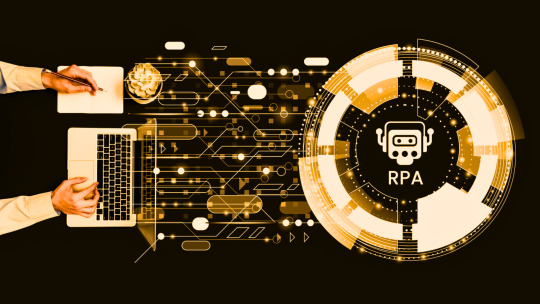
Crafting campaigns without data is akin to navigating a maze blindfolded—intuition alone cannot illuminate the path to success. Built-in A/B testing capabilities enable marketers to test multiple variations of headlines, visuals, CTAs, and formats effortlessly. The automated ad generator uses machine learning to instantly identify which versions resonate most with different demographics, thus facilitating an iterative creative process where every campaign outperforms the last.
Resource Efficiency with ROI-Centric Functionality
Gone are the days when running digital ads required a team of designers, copywriters, and analysts. With automated asset generation, real-time analytics dashboards, and budget optimization modules, this tool significantly reduces manpower costs. It even suggests optimal posting times and bid strategies to maximize exposure while staying within defined budget constraints — a true ally for ROI-conscious marketers.
Scalability Without Complexity
As organizations expand, their advertising demands become increasingly intricate. A robust ad automation tool adapts seamlessly to this growth, enabling the simultaneous management of hundreds of ad sets without operational fatigue. Whether it’s a small startup or a global enterprise, the platform scales to match ambition—never to overpower it.
Accelerated Campaign Deployment: Timing Is Everything

Speed is the currency in the digital age. The intuitive interface of the ads generator ensures that campaigns are conceived, customized, and deployed within minutes — not days. By responding to trends in real-time, businesses gain a competitive edge, leveraging moment-based marketing to align ads with what’s culturally and commercially relevant.
The Strategic Future of Advertising
This tool isn't just a campaign assistant; it’s a strategic collaborator. With each deployment, it learns what appeals to a brand’s audience and fine-tunes future suggestions. From seasonal campaigns to evergreen promotions, it serves as a co-pilot, steering the advertising journey with insight, efficiency, and foresight.
You can also watch: How to Create Ad Copies with AdsGPT?
youtube
Conclusion
Integrating a Facebook ad generator into a digital marketing ecosystem is no longer a luxury — it’s a strategic imperative. As the demand for agile, personalized, and data-enriched advertising grows, this technology empowers businesses to meet their audiences with compelling precision. By automating complexities and enhancing creative output, it paves the way for sustained marketing excellence in a digital-first world.
1 note
·
View note
Text
Ad Copy AI: The Future of Persuasive Marketing

Businesses constantly search for innovative ways to craft compelling messages that drive engagement and conversions. One of the most groundbreaking advancements in this domain is ad copy AI, a revolutionary tool that leverages artificial intelligence to generate high-performing advertisements. This technology is not just a convenience; it’s a game-changer, enabling marketers to produce persuasive, data-driven copy at an unprecedented scale.
How AI is Transforming Advertising Copy
Traditionally, writing ad copy requires a deep understanding of consumer psychology, creative thinking, and A/B testing to determine what resonates with audiences. However, by evaluating enormous volumes of data to forecast and produce successful advertising material, AI-powered solutions have greatly streamlined this process.
By utilizing machine learning algorithms, AI can craft copy that aligns with audience preferences, optimizing word choice, tone, and structure for maximum impact. Whether for social media ads, Google Ads, or email campaigns, AI guarantees that your messaging is both entertaining and conversion-focused.
Benefits of AI-Powered Ad Copywriting
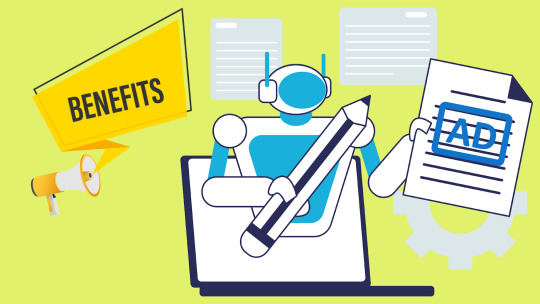
1. Speed and Efficiency
One of the main advantages of AI-driven copywriting is the speed at which it generates content. While human writers may take hours or even days to draft compelling ad copy, AI can produce multiple variations within seconds. This efficiency allows marketers to test different messaging strategies quickly and refine them based on performance metrics.
2. Data-Driven Optimization
AI does not just generate content—it learns from data. By analyzing historical ad performance, AI tools can predict which headlines, call-to-action phrases, and messaging styles are more likely to convert. This data-driven approach eliminates guesswork and improves the chances of running successful ad campaigns.
3. Cost-Effective Solution
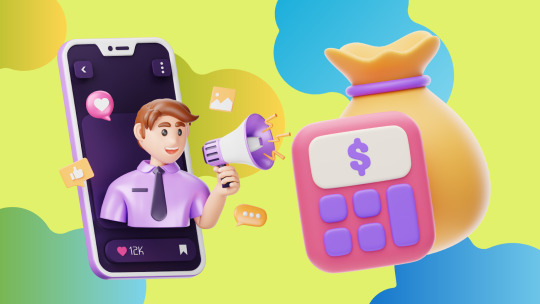
Hiring a skilled copywriter or agency can be expensive, especially for small businesses with limited budgets. AI-powered tools provide an affordable alternative without compromising quality. Many AI platforms offer subscription-based models, making them a cost-effective investment for businesses of all sizes.
4. Personalization at Scale
Consumers today expect personalized experiences, and AI makes this possible by tailoring ad copy to different audience segments. AI-driven systems can create multiple versions of an ad, each optimized for specific demographics, interests, and behaviors. This level of customization leads to higher engagement rates and improved customer satisfaction.
The Role of Generative AI in Ad Copywriting
At the heart of AI-powered copywriting lies Generative AI, a technology designed to produce human-like text based on prompts and data inputs. Unlike traditional automation tools, Generative AI uses deep learning models to understand context, tone, and sentiment, making the copy feel natural and engaging.
Generative AI is trained on vast datasets of marketing materials, enabling it to mimic various brand voices and adapt to different industries. This means that whether you're in e-commerce, SaaS, or real estate, AI can generate copy that aligns with your brand identity and target audience.
Challenges and Ethical Considerations
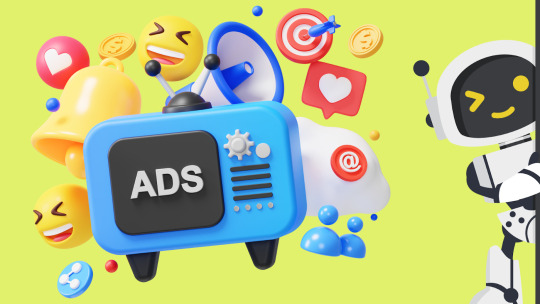
Despite its numerous benefits, AI-generated copy is not without its challenges. One main concern is the potential for generic or repetitive content. AI is strong, but it still lacks human writers' genuine emotional intelligence and inventiveness. Therefore, businesses should use AI as a supportive tool rather than a complete replacement for human creativity.
Ethical issues also need to be taken into account. When using AI-generated material, transparency is crucial. Marketing communications should be truthful and in line with the company's principles. Additionally, human review of AI-generated material is always necessary to guarantee quality and avoid mistakes.
The Future of AI in Advertising
The future of AI in advertising looks promising, with continuous advancements in machine learning and natural language processing. AI tools will provide even more complex and context-aware copywriting capabilities as they advance in sophistication. In addition to creating copy, AI should be able to forecast new trends, create highly customized communications, and easily interface with other marketing automation systems.
Also, watch this Video - How To Create Competitors Inspired That Sell with AdsGPT!
youtube
Wrapping Up
Ad copy AI is reshaping the way businesses create persuasive advertisements. By leveraging AI-powered tools, marketers can enhance efficiency, optimize content, and personalize their messaging like never before. AI will continue to transform digital marketing and advertising as long as companies use it responsibly and in tandem with human innovation.
0 notes
Text
Can AI Ad Generator Replace Human Creativity in Advertising?
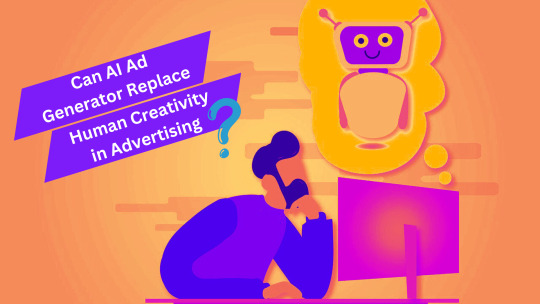
The technologies we use to develop compelling campaigns are changing quickly along with the advertising industry. One of the most discussed advancements is the rise of artificial intelligence (AI) in advertising, particularly the development of AI-powered systems that can generate ads. This shift has sparked a debate: can these automated systems replace the creative minds behind ad campaigns? While AI has undoubtedly brought efficiency and innovation to the industry, human creativity remains at the heart of effective advertising.
In this blog, we explore the potential of AI-generated advertisements, their limitations, and the enduring importance of human input in crafting meaningful, engaging ads.
The Rise of AI in Advertising
These days, AI algorithms can comprehend consumer preferences, create individualized ad content based on data-driven insights, and even create campaign visuals. The introduction of an AI ad generator, for instance, allows marketers to produce advertisements quickly and at scale by feeding algorithms with inputs like audience demographics, past campaign data, and market trends.
These automated systems can handle repetitive tasks like copywriting, generating banners, or testing various ad versions to determine which performs best.
The Role of Human Creativity
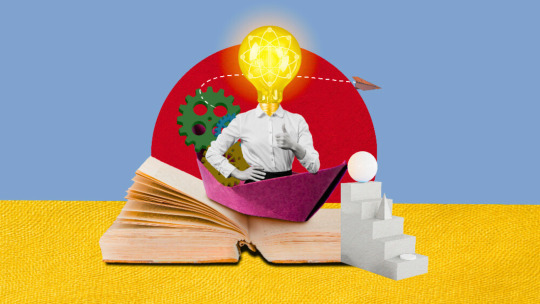
Effective advertising is about more than just data and algorithms. It is about storytelling, building relationships, and creating a brand identity that resonates with people. A skilled marketer or copywriter can infuse emotion, humor, and empathy into an ad, making it relevant. These human qualities add an authenticity to the advertisement that AI, at least for now, struggles to replicate.
Furthermore, creativity often involves thinking outside the box, taking risks, and exploring unconventional ideas. While AI is good at optimizing based on patterns and past success, it may lack the imagination to push boundaries and create groundbreaking concepts that capture the audience’s attention in new ways.
The Strengths of AI in Advertising
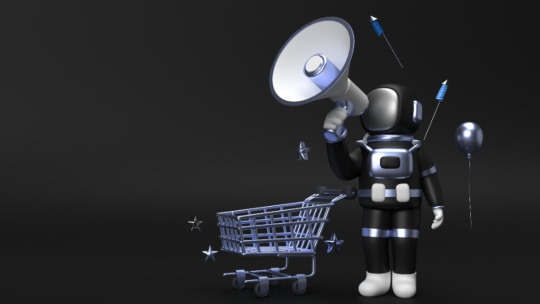
AI can analyze customer behavior, predict trends, and generate highly targeted content, allowing marketers to reach the right audience with the right message at the right time.
For instance, an AI-powered system can help a company create hundreds of ad variations in a short period, testing them in real time to determine which ones perform best. This data-driven approach ensures that ads are continuously optimized for better engagement and conversion rates. However, these strengths are most impactful when human expertise is guiding the process.
The Limitations of AI in Ad Creation
AI-generated content can sometimes feel formulaic, repetitive, or lack the spark of originality that makes ads truly memorable. Ads that evoke emotion or challenge societal norms often require a level of creative risk that AI is not equipped to handle. For example, successful campaigns like Dove’s “Real Beauty” or Nike’s “Just Do It” not only convey a message but also tap into deep cultural values and human experiences.
Another difficulty is that AI is only as effective as the data it receives. Human oversight is required to ensure that content resonates with the intended audience and adheres to ethical norms.
Finding the Right Balance
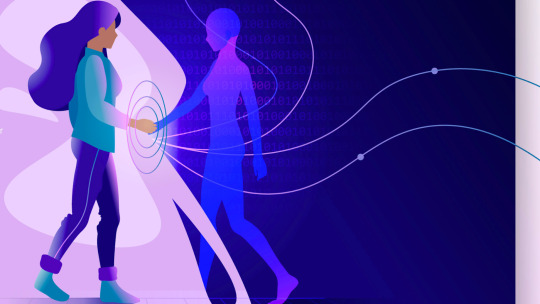
The ideal approach blends the strengths of both. AI can handle data-heavy, repetitive tasks such as ad targeting, optimization, and content generation. Meanwhile, human marketers and creatives can focus on the bigger picture—crafting stories, building brand identities, and developing innovative concepts that engage and inspire consumers.
By combining AI and human expertise, brands can build advertising campaigns that are not only efficient and data-driven, but also relevant and emotionally resonant.
Also, watch this video - How To Create High-Converting AI Tools Ads with AdsGPT?
youtube
Wrapping Up
AI ad generator offer valuable tools for enhancing efficiency and targeting precision in advertising, they cannot replace the unique qualities of human creativity. While AI is quite good at managing repetitive chores, analyzing data, and improving campaigns, it still struggles to create advertisements that defy conventional conventions or emotionally connect with viewers. The future of advertising lies in the collaboration between AI and human creatives, combining the best of both worlds to produce engaging, innovative campaigns that resonate with audiences. Human creativity, with its depth, intuition, and emotional intelligence, will continue to play an essential role in the advertising market.
1 note
·
View note
Text
The Impact of Strong Ad Copy on Brand Image

A well-crafted message has the potential to shape perceptions, captivate audiences, and drive consumer loyalty. When executed effectively, ad messaging is more than just persuasive words—it becomes a strategic tool that reflects a brand’s identity, values, and promises. With every campaign, businesses have the opportunity to leave a lasting impression, influencing how they are perceived in the crowded marketplace.
This blog explores how powerful ad messaging can elevate brand image, creating connections that resonate with audiences across platforms.
The Role of Ad Copy in Shaping Perceptions
A company's brand image is essential to how its audience perceives it. It encompasses the emotional and intellectual associations people make with a brand. Effective communication is essential to creating this impression, and ad copy is the cornerstone of this endeavor. A compelling advertisement doesn't just sell a product; it conveys a story, evokes emotions, and aligns with the audience's values.
Effective advertising communications use clear, concise, and relatable language. They use the power of words to bridge the gap between a brand and its target audience. Whether it’s a witty tagline or an inspiring call to action, the right phrasing can transform an ordinary advertisement into a memorable experience. This is especially crucial in the digital age, where consumers are bombarded with messages every second. A well-crafted ad messaging cuts through the noise and ensures that the brand’s voice stands out.
Building Emotional Connections

A crucial element of successful advertising is the ability to forge emotional connections. For instance, advertisements that highlight personal success stories, community impact, or relatable challenges tend to resonate more. When people feel emotionally invested in a brand, they are more likely to engage with it and share their positive experiences with others.
Strong ad messaging goes beyond transactional appeals and delves into the aspirations, fears, and desires of its audience. For instance, a fitness brand might craft a campaign around personal empowerment and transformation rather than simply focusing on the features of its products. By doing so, the brand positions itself as an ally in the consumer’s journey, strengthening its image in the process.
Consistency Across Channels
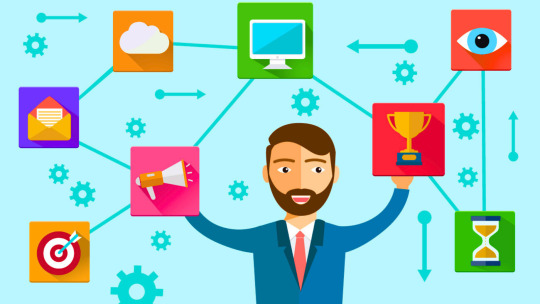
A cohesive voice across various platforms—social media, email campaigns, TV commercials, and print—ensures that the audience perceives the brand as reliable and unified. Inconsistent messaging, on the other hand, might mislead customers and dilute a brand's image.
Consistency also involves aligning the tone and language of ad copy with the brand’s overall persona. For example, a luxury brand’s advertisements should exude elegance and sophistication, while a tech startup might adopt a more playful and innovative tone. This alignment reinforces the brand’s position in the market and ensures that every interaction with the audience contributes positively to its image.
The Role of Data and Feedback

Businesses can customize their messaging to target particular needs and interests by examining customer behavior, preferences, and feedback. A/B testing is a powerful method to determine which version of ad copy resonates most with the audience.
Additionally, monitoring engagement metrics such as click-through rates, conversions, and social media interactions provides valuable insights into the effectiveness of advertising efforts. By refining their messaging based on these insights, brands can continuously improve their campaigns and strengthen their image.
Also, watch this video - Meet AdsGPT’s Addie | Smarter Ad Copy Creation In Seconds
youtube
Wrapping Up
A strong brand image is built on top of a strong advertising copy. It shapes perceptions, builds emotional connections, and establishes a consistent voice across platforms. By aligning messaging with the values and aspirations of the target audience, businesses can create a lasting impression that resonates deeply. In today’s competitive marketplace, where every word matters, leveraging impactful ad copy can elevate a brand’s reputation and foster loyalty. With the right approach, businesses can ensure that their voice not only stands out but also defines how they are remembered.
1 note
·
View note
Text
Exploring the Intersection of Art and Generative AI

In recent years, the art world has witnessed a transformative shift driven by the advent of technology. One of the most intriguing developments in this intersection is the emergence of Generative AI, a tool that has begun to redefine how art is created and experienced. It refers to algorithms created to use input data to produce content like writing, music, ads, and graphics. As technology advances, artists are finding new ways to combine conventional methods with AI skills, revolutionizing creation.
Let's explore the intersection of art and generative advanced AI.
The Role of AI in Visual Arts
In the visual arts, this AI has created a space for endless experimentation. Artists can now use AI programs to create paintings, sculptures, and even digital artwork that would have been impossible or time-consuming to produce manually. Platforms like DALL-E and MidJourney allow users to input text prompts, which are then transformed into visually stunning works of art.
What makes AI-generated art especially fascinating is that it challenges preconceived notions of creativity. Traditionally, art has been a deeply personal endeavor, with the artist’s unique vision and skill at the forefront.
Expanding Boundaries in Music and Performance

Music and performance are also impacted by this AI, in addition to the visual arts. AI is now being used by musicians to create soundscapes, compose songs, and even complete albums. The possibilities are limitless as AI systems learn from vast databases of existing music, producing original compositions based on the artist’s preferred style or theme.
In performance arts, AI is being incorporated into stage designs, choreography, and even scriptwriting. Dance performances are being enhanced with AI-generated visuals and motion-capture technology that create dynamic backdrops in real-time, responding to the dancers' movements.
Generative AI in Ad Creation
This AI has begun to play a transformative role in the world of advertising, offering marketers a powerful tool to create more engaging, personalized, and efficient ads. Traditional ad creation has often been a time-consuming process involving teams of designers, copywriters, and strategists. However, with the rise of AI technologies, the landscape of ad creation is being revolutionized by automation, creativity, and data-driven insights.
Collaboration Between Humans and Machines
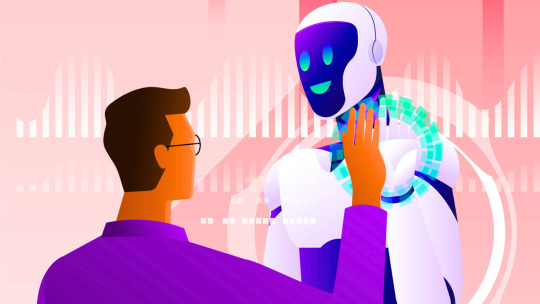
What sets the intersection of art and technology apart is the notion of collaboration rather than competition. Artists remain at the heart of the creation process, guiding the AI’s output and making the crucial decisions that give the work meaning. The AI acts as a tool, expanding the artist's creative toolkit and offering possibilities that would be hard to imagine without its intervention.
This collaboration creates an intriguing synergy where human creativity and artificial intelligence combine to form something new. It opens up avenues for artists to push beyond their limits, experimenting with styles, techniques, and ideas that may have been previously out of reach.
Ethical Considerations and the Future of AI Art

The possibility that AI would mimic current artistic trends raises serious concerns as it may result in copyright violations. Moreover, there’s the fear that AI could flood the art market with an overwhelming amount of content, devaluing the work of traditional artists. As AI art becomes more prevalent, the art world will need to find ways to establish new standards and frameworks for ownership and intellectual property.
Also, watch this video - Effortless & Smart Ad Creation Made Simple with AdsGPT!
youtube
Final Thought
Generative AI has ushered in a new era in the world of art, bringing with it fresh perspectives, challenges, and opportunities. This technology has enabled artists to experiment and collaborate with machines in ways that were once thought impossible. AI is at the forefront of the ongoing transformation of the creative scene. As technology advances, the relationship between human creativity and artificial intelligence will only become more intricate, leading to even more innovative and groundbreaking works of art. The intersection of art and AI is a thrilling space to watch as it redefines the boundaries of artistic expression and challenges the status quo of creativity.
1 note
·
View note